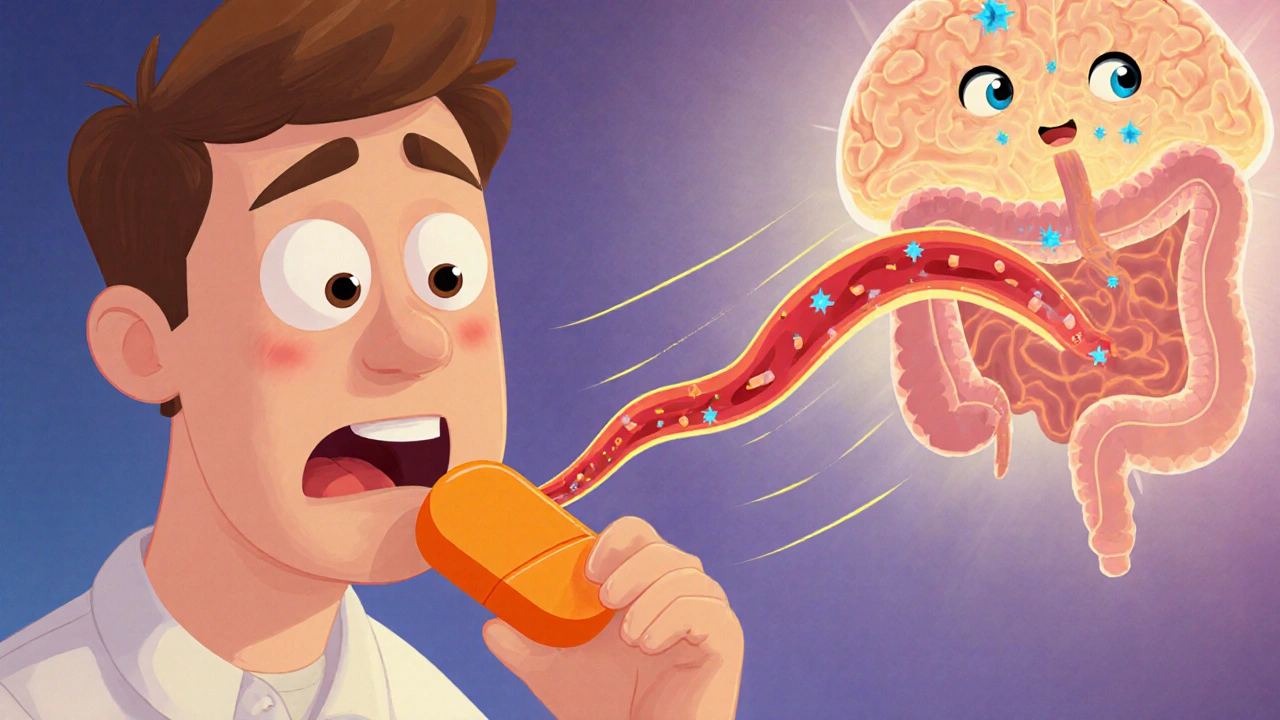Liver Toxicity: What You Need to Know
When dealing with liver toxicity, damage to liver cells caused by chemicals, drugs, or disease. Also known as hepatotoxicity, it can lead to elevated enzymes, jaundice, or organ failure. One of the biggest sub‑categories is drug‑induced liver injury, liver damage that occurs after taking certain medications or supplements, often shortened to DILI. A classic example is amiodarone, an anti‑arrhythmic drug linked to both lung and liver toxicity, which can push the liver over the edge when dosing isn’t carefully watched. On the supplement side, many people reach for Liv.52, a herbal formula marketed for liver health that, while popular, still requires safety monitoring because any bioactive blend can interact with medicines. Liver toxicity encompasses these varied sources, requires vigilant monitoring, and often calls for quick intervention to prevent permanent damage.
How to Spot and Track Liver Toxicity
Detecting toxicity early hinges on routine lab checks. The most common markers are ALT and AST—enzymes that rise when hepatocytes are injured. A sudden jump of more than three times the upper limit of normal usually signals a problem, especially if the patient has started a new drug. Symptoms like fatigue, right‑upper‑abdomen pain, dark urine, or itching can appear before labs do, so clinicians advise patients to report any change promptly. Certain groups—older adults, those with pre‑existing liver disease, or people taking multiple hepatotoxic meds—are at higher risk. For amiodarone users, guidelines recommend baseline liver tests and follow‑up every 3‑6 months, while anyone on a complex supplement regimen such as Liv.52 should have similar monitoring because herbal constituents can both induce and mask enzyme changes. When toxicity is confirmed, the first step is usually to stop the offending agent, support the liver with nutrients like N‑acetylcysteine if appropriate, and adjust any concurrent drugs that might worsen the injury.
Prevention is a team effort. Physicians need to review medication lists for known hepatotoxins, adjust doses for patients with reduced liver function, and educate about over‑the‑counter products that might seem harmless. Patients can keep a personal log of any new supplements, report alcohol intake, and avoid high‑dose acetaminophen, a frequent hidden culprit. Pharmacists play a key role by flagging dangerous drug‑herb interactions—especially with popular liver‑support formulas. In the broader picture, health systems that integrate electronic alerts for high‑risk drugs improve safety outcomes. The articles below dive deeper into specific drugs, compare alternatives, and give practical tips on managing liver health while staying on essential therapies.
Acetaminophen Liver Safety Guide: Risks, Dosage & Signs of Damage
Learn how acetaminophen affects the liver, safe dosage limits, warning signs of toxicity, risk factors, and what to do in an overdose.
